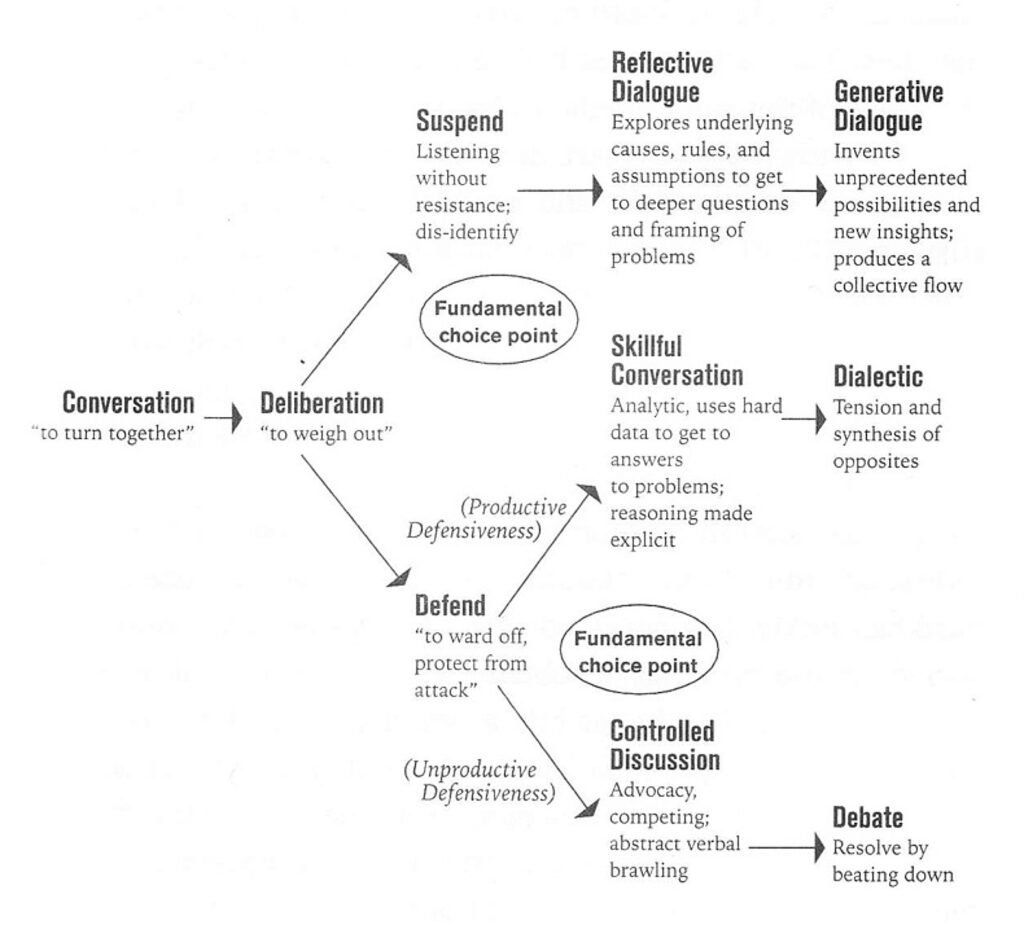Unclear Where to Meet
You always go the extra mile for your customers. Every single day, you surprise them with quality products and great service. No exceptions.
Because of this, you have built a special relationship with the people who visit your store or website. Many of them truly care about you and your business.
Have you ever wondered, though, whether you are extracting the most out of that stellar reputation?
Your biggest fans are probably willing to share feedback and ideas with you. Critical input for shaping your product roadmap. But do you actually offer them ways to contribute?
It is up to you to create a vibrant ‘town square’ around your business. A public place where customers can get to know one another, directly talk to staff, exchange ideas, and follow your progress. We call such a place a collaborative customer community.
Building your own customer community takes 8 steps.
Step 1: Put Your Ear to the Ground
First, we should thoroughly understand your customers’ needs. Which problem or desire led them to your business? Does it revolve around a specific subject matter, like traveling or home decoration? Is it tied to the town they live in? Or do they share a certain mindset, such as saving money or caring for the environment? Analyze what customers are saying to you directly, on the phone and in the store. But also pay attention to what they are sharing and discussing publicly:
- Constantly monitor social media
- Keep an eye on Google Search Trends
- Stay in the loop of the national and local news
Step 2: Provide a Place to Meet
Now that we’ve pinpointed what your customers care about, we need to create a spot where they can discuss these interests. Launch an online forum, start a social media account, organize in-person events, or combine these options. Whichever route you take, clearly demonstrate where and how customers can participate. At the same time, prevent the public conversation from splintering. This happens when people talk about the same topic on different platforms without noticing each other’s contribution, wasting an opportunity to create momentum and refine ideas.
Step 3: Communicate Clear Guidelines
Both online and in-person group conversations benefit from collectively agreeing to a code of conduct. This will prevent participants from veering off-topic and misbehaving. Communicate these guidelines early on. For example, show them at account registration or mention them at the start of an event. Keep guidelines concise, easy-to-digest and predominantly encouraging. Consider including these 6 sections in this particular order:
- Your mission and goals for the community
- Your core values, such as mutual respect and inclusivity
- Behavior you encourage (“please do…”)
- Behavior you frown upon (“please do not…”)
- Your predictable response when guidelines are breached
- How community roles are assigned
Step 4: Assign a Community Team
We know what your customers want to talk about, and we have given them the means to engage. Rarely, though, will a new customer community instantly bustle with activity and run itself. You need a team of dedicated employees to kickstart the conversation and, once the crowd starts talking, to monitor what is being said. Common community roles are:
- Community Manager
Oversees community strategy, defines guidelines, and resolves escalating issues. - Moderator
Keeps track of community activity, livens up conversations, and intervenes when guidelines are breached. - Stakeholder Manager
Promotes the community within the organization and acquires new customer collaboration projects. - Application Manager
Ensures platform uptime and implements new technical features. - Content Creator
Publishes content to spark discussion and highlight success. - Performance Analyst
Measures the impact of your content and community efforts.
Step 5: Introduce a Content Calendar
Managing a customer community involves improvisation and responding to matters as they arise, such as processing a new idea submitted by a customer. However, there are types of content and activities that can be prepared ahead of time. For example, publishing a blog post or organizing a product launch event. Being able to plan some of the work prevents making you feel hijacked by unpredictable, last-minute tasks all the time. I highly recommend setting up a content and event calendar to help visualize when relevant dates, like holidays and milestones, are coming up. Planning ahead for a timespan of 3 months should be sufficient.
Step 6: Guide the Conversation
Asking for customer input can be done in 2 ways. You either enable customers to submit their own ideas, or you invite them to participate in your decision-making. In both cases, you need to be ready to guide large group conversations. Without your guidance, you risk the exchange between customers to take unintended turns. So, watch for key moments that will shape the tone for your group conversation:
- Generative dialogue
Participants set aside their original views, really listen to each other, and work together to find solutions. For complex problems that require serious resolve. No pressing deadlines. - Dialectic
Participants defend their viewpoints with facts while trying to find common ground and compromise. For quicker results. - Debate
Participants try to overpower opponents, emotions run high, and conversations derail. You pretty much lost control.

Step 7: Get From Behind Your Desk
That’s right, you heard me. Force yourself to step out of the comfort zone of the office environment at least once a week. Go explore! Meet people where they are or invite them over. It might surprise you, but this single ingredient could turn an unresponsive community into a lively one. Meeting someone in-person or visiting a certain location can change the perspective and appreciation of everyone involved.
Step 8: Track Your Performance
Knowing how well your community is doing should not depend on your gut feeling or personal opinion. If you are unable to provide management with performance data, your community will eventually lose its viability. To begin reporting on community performance, create a benchmark. A benchmark is a dataset that describes the state your business is in before launching a community, or before changing the strategy of an existing one. Only include benchmark data that you can reasonably affect with your community efforts. For example, the number of ideas submitted by customers, or the percentage of customer ideas turned into approved product changes.
Wrap Up
Owning a customer community lets you tap into the pulse of the street and show everyone that you listen. When your customers (and silent bystanders) see that you truly listen to their concerns, they are more likely to approve next month’s product update. Support for decisions, born from collaboration, will be stronger than if you were to launch updates or introduce changes without involving customers. So, scroll back to step 1 and start community building!
